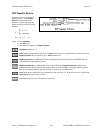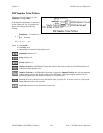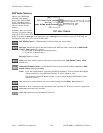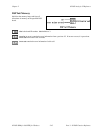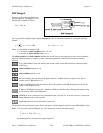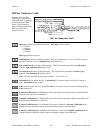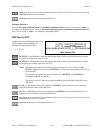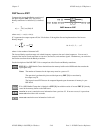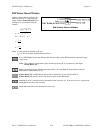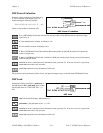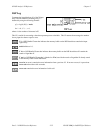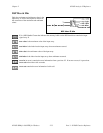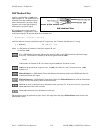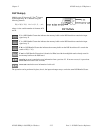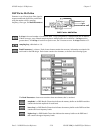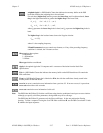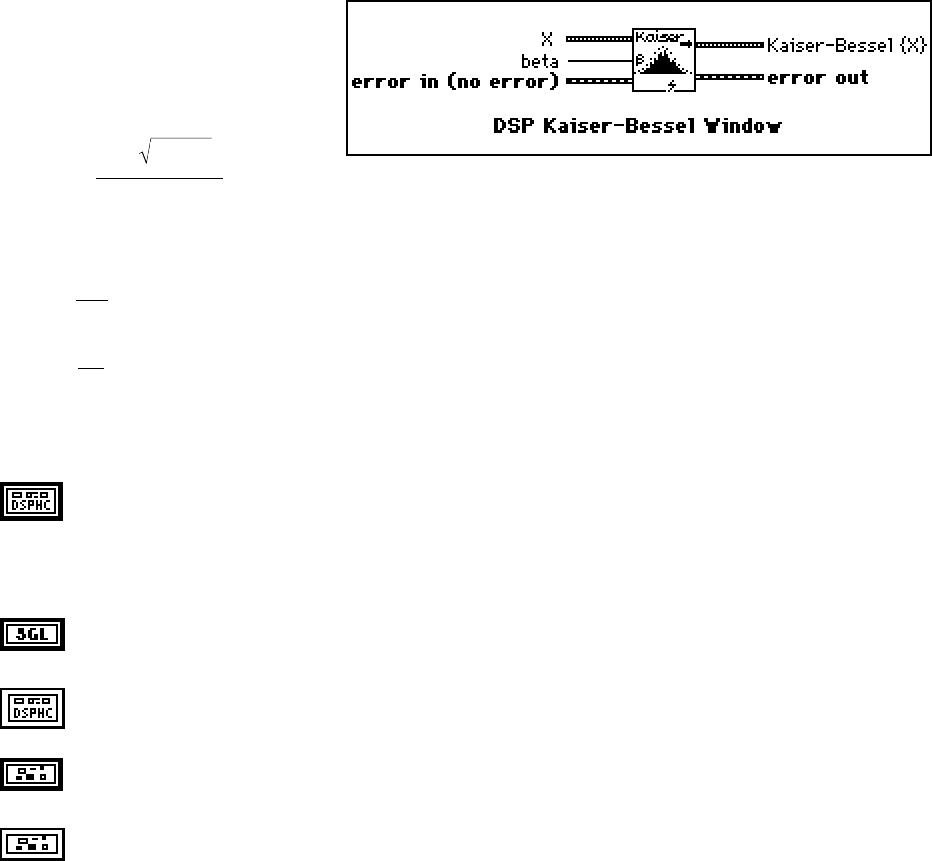
NI-DSP Analysis VI Reference Chapter 2
Part 3: NI-DSP Function Reference 2-50 NI-DSP SRM for LabVIEW for Windows
DSP Kaiser-Bessel Window
Applies a Kaiser-Bessel window to the
input sequence X. If Y represents the
output sequence Kaiser-Bessel{X}, the
elements of Y are obtained using the
formula:
y
i
= x
i
I
o
β
1. 0 - a
2
I
o
β
()
for i = 0, 1, 2, … n - 1
a =
i - k
k
k =
n-1
2
,
where n is the number of elements in X, and
I
o
(
•
) is the zeroth-order modified Bessel function.
X is a DSP Handle Cluster that indicates the memory buffer on the DSP board that contains the input
signal array.
Note: The operation is performed in place and the input array X is overwritten by the output
Kaiser-Bessel {X}.
beta is proportional to the sidelobe attenuation–that is, the larger beta is, the greater the sidelobe
attenuation is. beta defaults to 0.0.
Kaiser-Bessel {X} is a DSP Handle Cluster that is identical to X, but with the results of
Kaiser-Bessel {X} already stored in the memory buffer on the DSP board.
error in (no error) contains the error information from a previous VI. If an error occurs, it is passed out
error out and no other calls are made.
error out contains the error information for this call.



